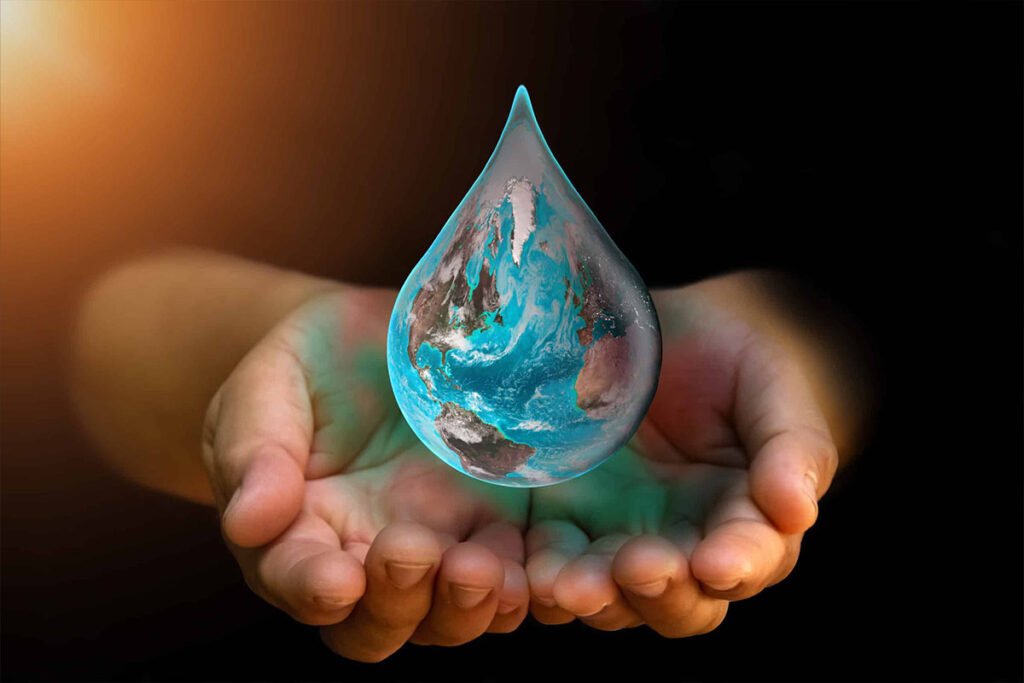Overview
By RFA Staff Writer
June 5, 2021
Over the years, our environment has sustained significant disruption and damage as we’ve interrupted its natural process to often accommodate our everyday habits. Climate is getting hotter. Our oceans are more polluted. Our air, in some communities, is dirtier than ever.
While we can’t go back in time, we can act now to help reverse the downward direction we’re trending toward. The truth is we are all responsible for taking care of the environment we live in and we can – and must – make a conscious effort today to make changes for a better future.
That is why the United Nations General Assembly established World Environment Day in 1974, a celebration to encourage worldwide awareness and action to protect the environment. This year’s theme for the World Environment Day is “Generation Restoration”, to inspire our generation to be the ones to make changes and adopt habits that will restore the natural beauty and benefits of our environment – so future generations can enjoy Mother Earth for years to come.
Though we often see companies and lawmakers set ambitious climate goals, there are some small, immediate things we can do in our daily routines that will creating a lasting impact in the long-term. Protecting the health of our homes and communities by building smart, sustainable habits is a good start. For example, making sure you dispose of the items you use at home the correct way —from separating trash and recycling to monitoring what we flush down the toilet, can mean the difference from what shows up at the recycling centers or landfills, or even worse, what forms dangerous sewer clogs that can severely damage our home plumbing and pollute our waterways.
Simply put, when we improperly throw away or flush certain items, we put our environment at risk. Flushing items that were not designed to be flushed can be the start of clogs building up in your home plumbing, which then may eventually burst or break and result in sewer waste getting into places it is not supposed to be. Gross!
Changing habits starts with knowing the difference between flushable and non-flushable products. Products that were designed to be flushed are typically made up of specialized fibers designed to break apart easily after flushing. This allows them to be compatible with wastewater infrastructure and processes, and therefore safe for plumbing and sewer systems.

This does not mean you should not use non-flushable items in the bathroom. The most important thing to remember is to put these items in a trash can or waste basket when you are done with them. So, you can still use those make up wipes, and Q-tips, (as well as that dental floss), but just throw it away in the garbage when you have finished cleaning up and not the toilet.
In honor of World Environment Day, let’s commit to building better habits, especially those as easy as not flushing items that are supposed to be thrown away. Together, we can be the generation that restores our environment and not waste it.
For more information, about responsible bathroom behavior that protects our environment, please visit http://flushsmart.org/.
